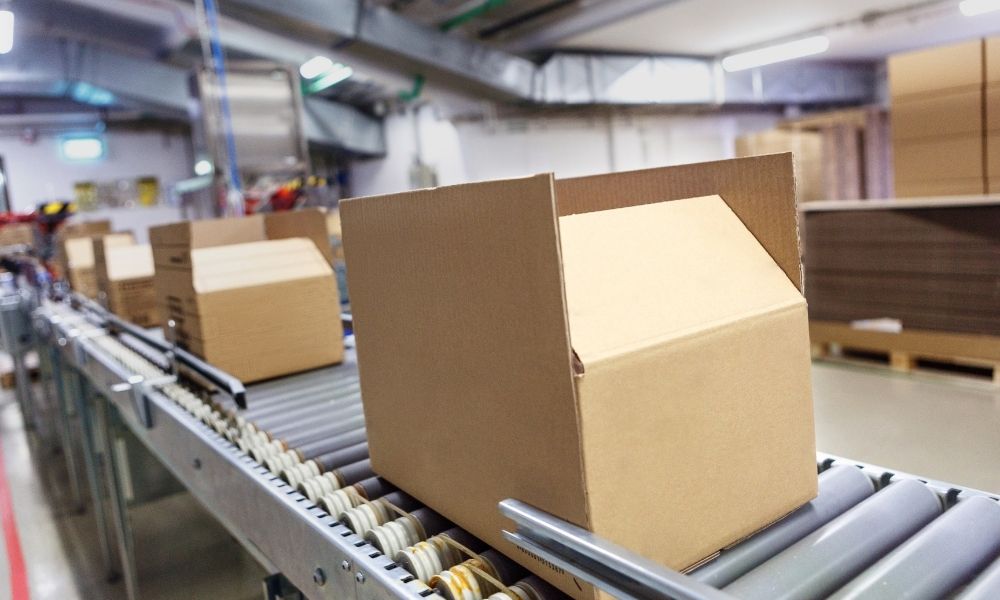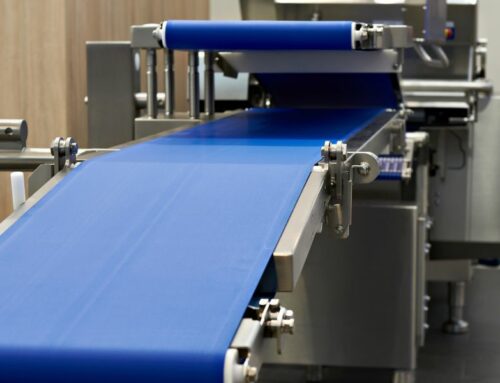
Manufacturers utilize conveyor systems for several reasons. Most conveyors assist workers with moving bulky or copious product materials. Conveyors’ ability to lift workloads off employees increase workplace productivity and safety. These effective machines optimize facility space and improve project flow. Conveyor companies offer custom conveyor systems that combine the advantages of multiple conveyors. Redline Systems look at the different types of conveyors and their perks.
Belt Conveyor
Belt conveyors are among the most straightforward of conveyor types. Because of their simplicity, belt conveyors are one of the most used conveyor systems.
The purpose of the belt conveyor structure is to transfer products from point A to point B within facilities. Various conveyor belt types are applied to these systems based upon manufacturing project specifications.
Gravity Roller Conveyor
The most highlighted perks of the gravity roller conveyor are its simplicity and reasonable price. Rollers are fixed between side frames to comprise what manufacturers have come to know as a gravity roller conveyor.
Gravity roller conveyors work quickly when installed at an angle. Their speed can be difficult to manage, making it crucial to adjust angles and the amount of product on the conveyor.
Chain Conveyors
Chain conveyors are useful for heavier products. Chains provide item mobility as they carry conveyor materials forward. Commonly, chain conveyors carry pallets and large industrial containers. Because of their heavy-duty use, these types of conveyors are typically slower.
Live Roller Conveyor
Another heavy-duty conveyor system, live roller conveyors are a combination of gravity roller and chain conveyors. They function with both rollers and chains that perform with the help of a motor and gearbox. Additional assets can be applied to this conveyor type to ensure product safety, such as loose plastic roller sleeves.
Slat Conveyors
One of the biggest advantages to using a slat conveyor is its smooth surface. The structure of slat conveyors allows products to be fixed and held in place during relocation. Slat conveyors have a two-strand chain system with slats connected to the chain. The slats are then informed by a guiding system to assure desired positioning.
Each of the different types of conveyors function to improve safety and efficiency in the workplace. Their specificities cater to various manufacturing needs, increasing productivity. To explore high-grade conveyor options, refer to Redline Systems. For more than 40 years we’ve specialized in constructing quality conveyor systems, making us the reliable choice for all your industry projects.



